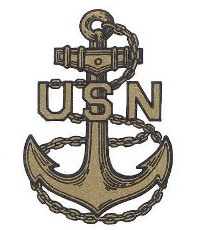
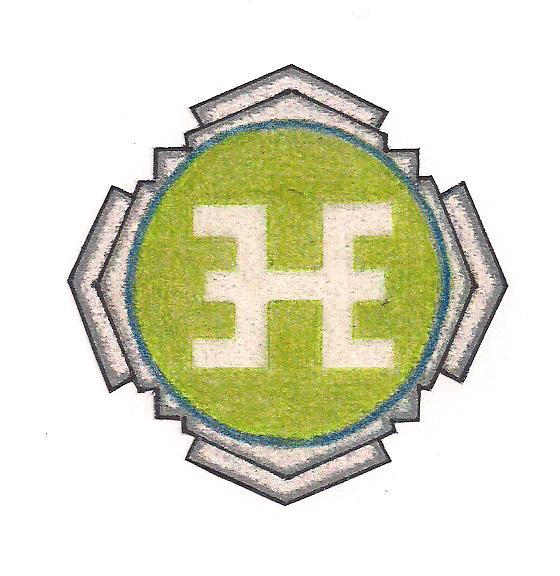


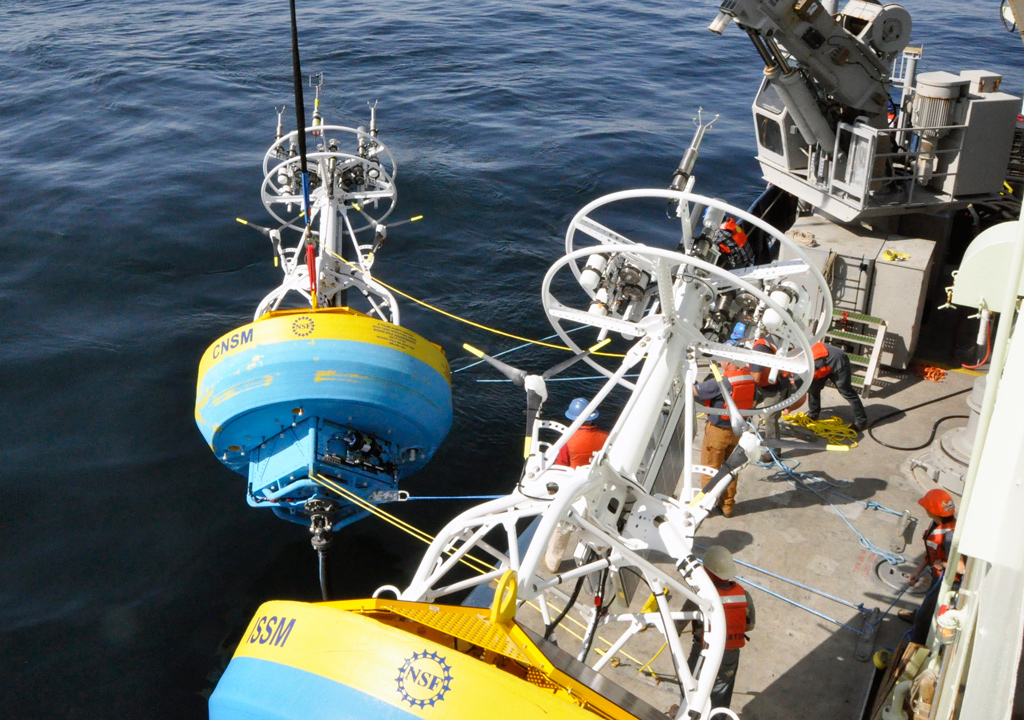
Woods Hole - OOI buoy
S.P.A.R. BUOY
Self-Powered Autonomous Research Buoy
The SPAR Buoy integrates a wave energy turbine design into small autonomous research buoys. The closed loop air system is a radial impulse-type turbine. The turbine drives a generator to provide low-wattage power for charging the buoy's on board batteries. The turbine will power free-floating oceanic or moored data acquisition buoys. The system will also provide power for intelligence gathering buoys designed to operate in subsurface stealth modalities. The buoy platform will serve NAVY, NOAA, USGS, homeland security, and oceanographic researchers. The simple power take-off (PTO) provides persistent power for autonomous extended mission C4ISR assets at sea.
The SPAR Buoy's PTO was conceived by John Clark Hanna. Persistent battery charging power is delivered by a simple closed loop, mono-radial air drive designed to operate inside a sealed, water-tight compartment. The up and down motion of waves between the buoy and a lightweight heave plate, suspended below the bobbing buoy, are translated into a bi-directional air flow within the sealed system. The design provides high velocity, low pressure air to spin the generator. The closed loop turbine and generator are sealed inside a water-tight compartment called the Power Pod. Placed directly below the Power Pod is a Pumping Pod that houses a stacked set of Bellows that pumps bi-directional air flows through the system. The Pumping Pod compartment is allowed to fill with water. Fixed air circulating tubes coming from the Bellows, penetrates through a water-tight bulkhead which separates the Pumping Pod from the Power Pod. The generator is sealed inside its own separate watertight housing placed on top of the turbine.
The oscillating air flow is developed by opposing, stacked sets of flexible Air Bellows or Bladders. These expand and contract simultaneously inside the flooded Pumping Pod. The stacked sets of Air Bellows move in unison with an Actuator Arm that moves up and down by the action of metal Push Rods. The full range of Push Rod movement is only 6 to 8-inches. The Rods are connected to four Damping Plates that fold down and lock into place extending outward. The combined assembly of Damping Plates and Push Rods are engineered to have a neutral buoyancy displacement. When fully extended, the Damping Plates will resist both ways against the bobbing motion of the buoy. This resistance will cause the Push Rods to actuate the sets of Air Bellows.
Wave action causes the opposing stacked sets of Air Bellows to expand and collapse at the same time. Air from one set of collapsed Air Bellows enters a port in the Turbine PTO at one side while air is simultaneously being sucked back through another port by the expanding set of Air Bellows. This concurrent action creates a pure and balanced oscillating air column. In this system, air flow is substantially different than OWC (Oscillating Water Column) type systems. Half of an OWC cycle draws in ambient air from the atmosphere, resulting in an unbalanced, non-uniform flow. In contrast, the SPAR buoy's simultaneous 'push in' and 'pull out' air movement results in lower air resistance (damping) and higher energy capture than common OWC turbine systems.
To assure survivability and long-term operational reliability, the SPAR Buoy will integrate other renewable energy resources such as photovoltaics. By incorporating two redundant systems, a surplus of energy will be available to continuously charge onboard batteries. Thus, a SPAR Buoy will perform its intended mission well beyond the normal life span of comparable buoys.
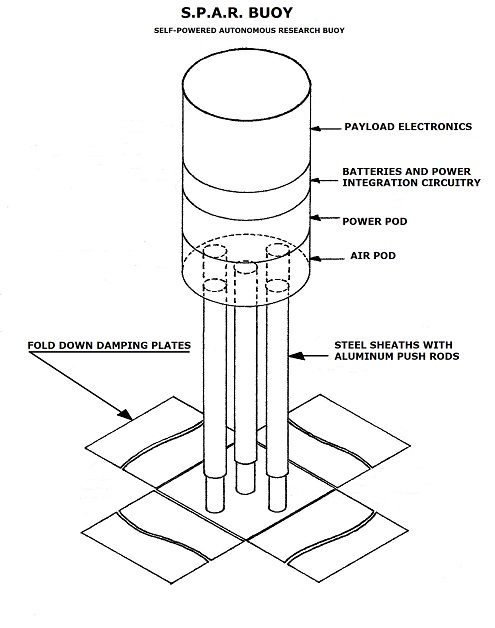
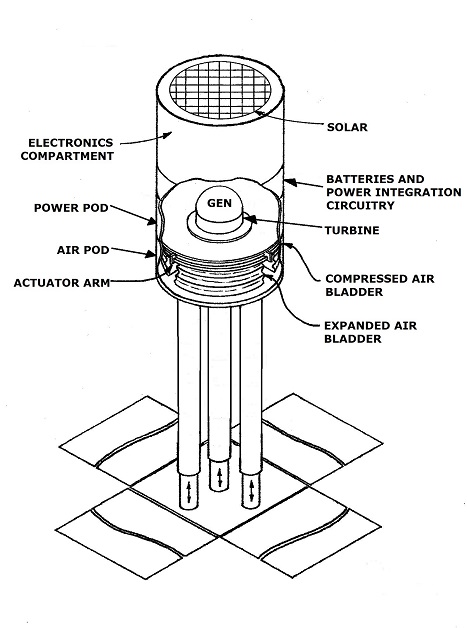
In-house proof of concept tests have been successfully completed on the Hanna Mono-radial Turbine. Empirical observations show that the simple closed loop turbine PTO is reliable and forceful. An in-depth numerical and CFD (Computational Fluid Dynamics) study was fully-funded by the U.S. Department of Energy's TEAMER program. The study was completed in March 2022. A report on the DOE-funded study can be read on John Clark Hanna's LinkedIn page (linkedin.com/in/john-clark-hanna-89024943). Unlike a typical open ended, bi-directional OWC system, the closed loop system does not use check valves, sensors, solenoids or levers to keep the drive shaft turning in one direction. Because there are no moving parts that penetrate between the Pumping Pod and the Power Pod, there is no need for seals to wear out or cause resistance. The system efficiently maintains a positive energy balance even in low sea states. The circulating air within the closed loop is clean, dry and non-corrosive. There is no marine growth to foul internal components. Full size utility scale applications will use a similar mono-radial impulse turbine design for floating or shore based OWC applications such as the jetty-based Mutriku Wave Power Plant in Spain. For a detailed description of the closed loop turbine, click HERE. To read about the subsurface power buoy, click HERE.
Contact us to discuss your mission requirements. John Hanna and Fred Wahl Marine are pooling their knowledge and resources to build the highest quality buoys of any size and classification; not just the small self-powered design as described here. Buoys will be built to your exact specifications and the highest standards set by the American Bureau of Shipping and U.S. Coast Guard.
Test stand with an early prototype and Bi-directional air pump Prototype Drive with sealed generator housing
Video: https://youtu.be/E1TWdQkGeU4
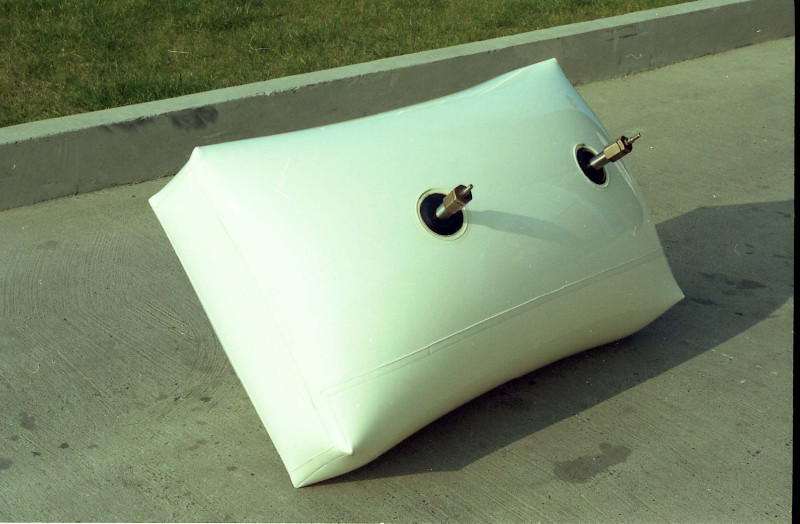
Air Bellows Air Bladder
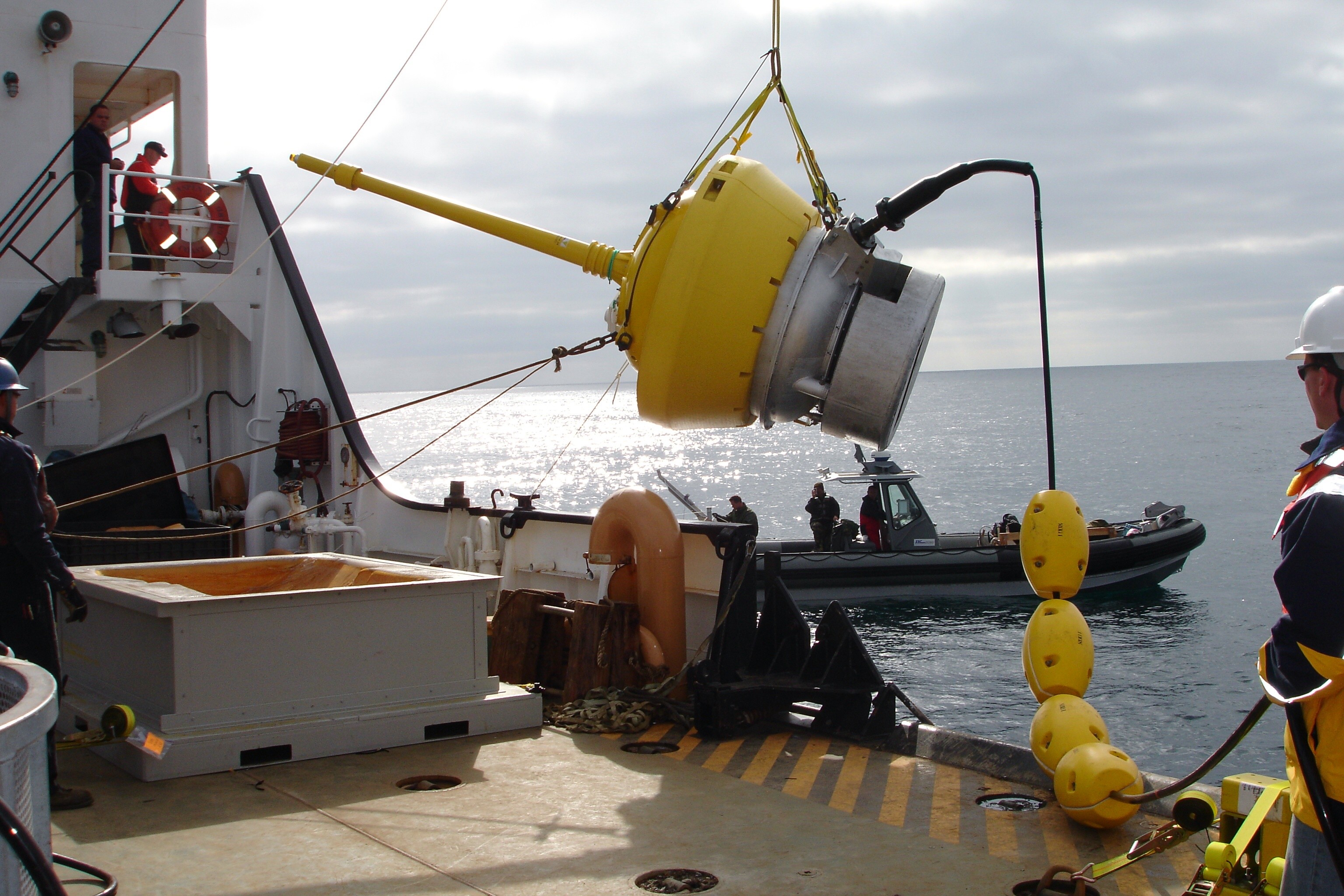
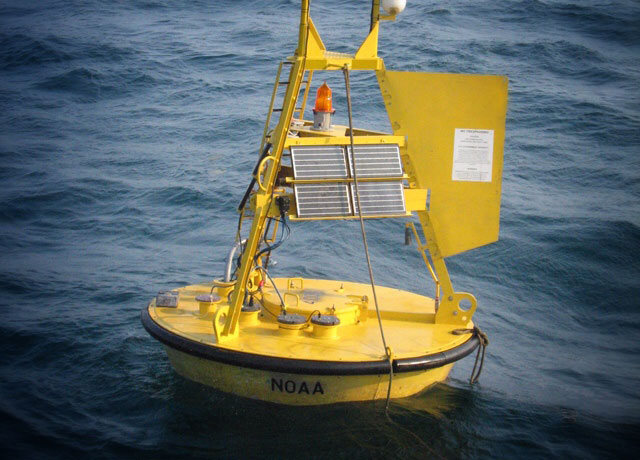
U.S. Navy Advanced Deployable System buoy in 2007 NOAA Data Buoy
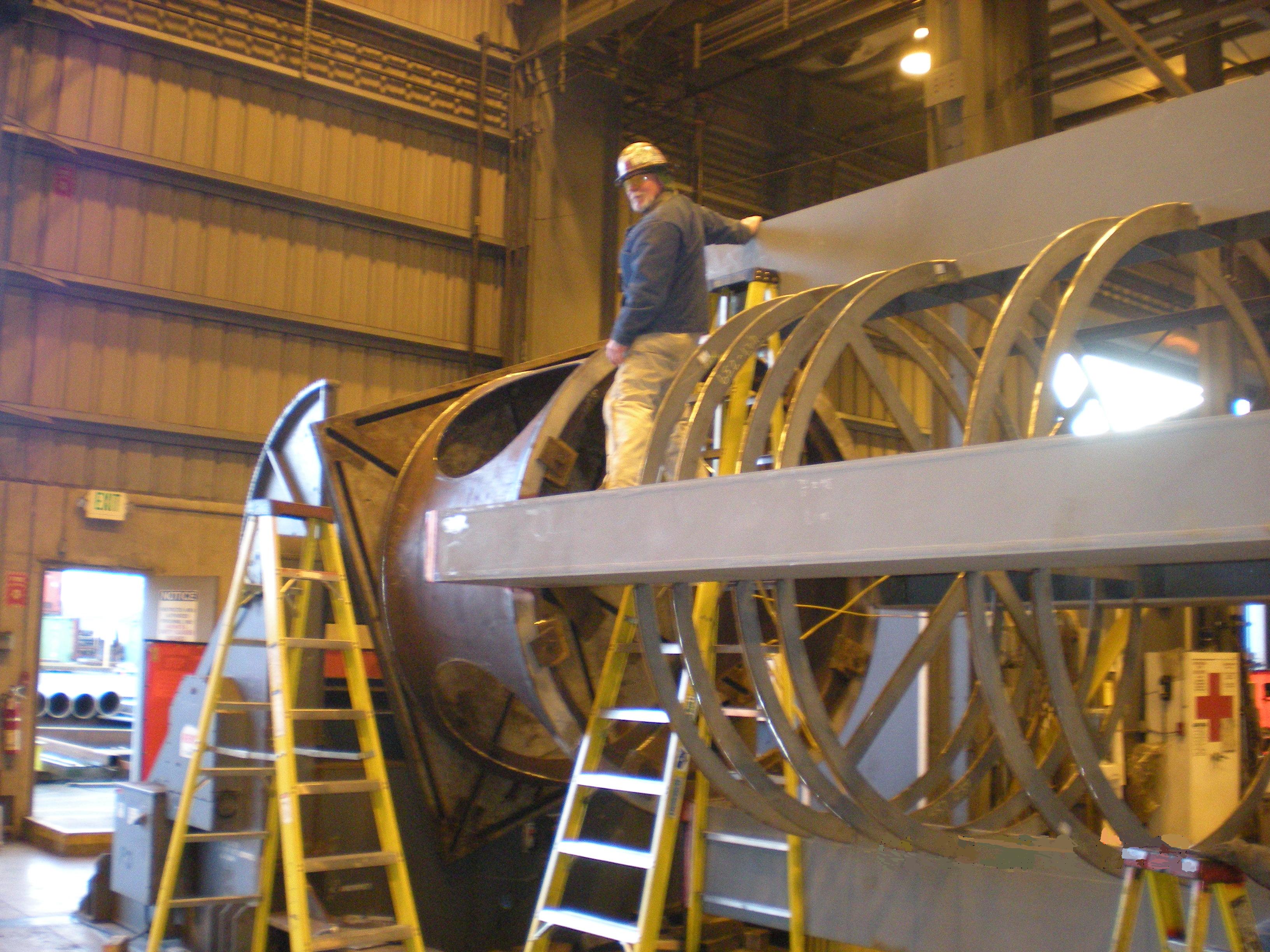
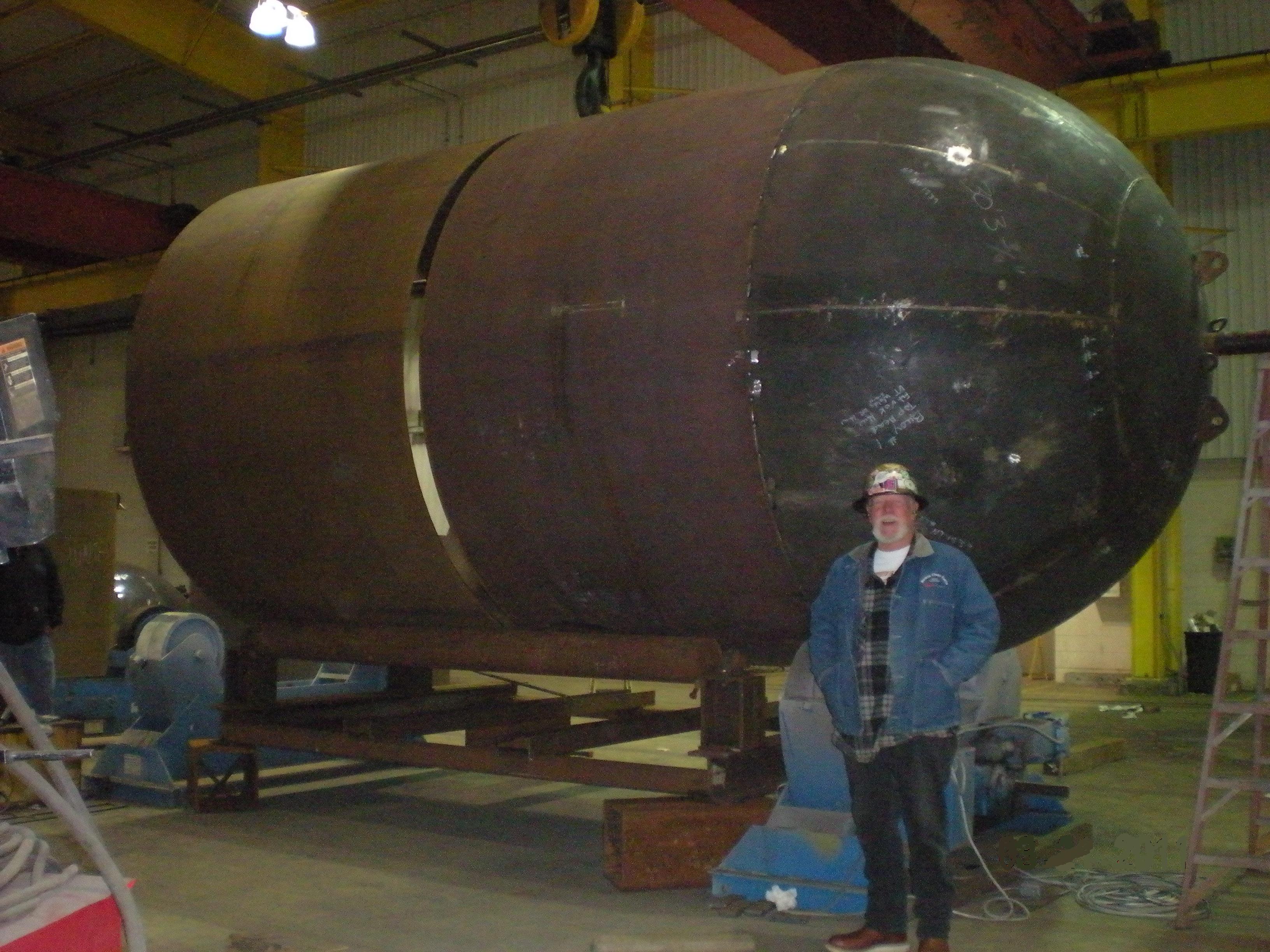
John Hanna inspecting a power buoy, Oregon Iron Works John Hanna inspecting sub-surface buoy, Bolon Island
About John Hanna, Interim Director of Hanna Wave and Tidal Power Drives (formerly WETGEN): Navy veteran. Coast Guard documented mariner. Former skipper of the research vessel "Ed Ricketts" for California State University's Moss Landing Marine Laboratory. Mr. Hanna has twenty eight years' experience in QA/QC management on multi-million dollar government and private sector projects for structural steel and welding. He was contracted by Ocean Power Technologies as the QC manager for their PB-150 PowerBuoy built in Oregon. Hanna is registered with Dun & Bradstreet.
About Fred Wahl Marine Construction, Inc: Fred Wahl established his shipbuilding business in 1974. There are two facilities in Reedsport, Oregon. The Bolon Island facility has a 50,000 square foot fabrication and machine shop situated on 38 acres. A full description of their capabilities and services is at www.fredwahlmarine.com.
wetgen@gmail.com